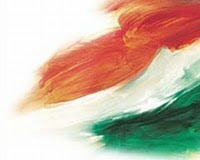Itmad- ud- Daulah’s tomb: Masterpiece of Mughal Architecture

The method of decorating the walls with floral designs studded with semi-precious stones is called pietra dura. Itmad- ud- Daulah’s tomb at Agra is one of the earliest buildings in which pietra dura was used. Itmad- ud- Daulah’s tomb was built by Nur Jahan , wife of Jahangir, for her father Mirza Ghiyas Beg, who was given the title of Itmad- ud- Daulah (pillar of the state). Pietra dura is also used on a large scale in the Taj Mahal.
